How do I prep this wall's peeled paint surface for painting?
cinnamonsworld
16 years ago
Related Stories
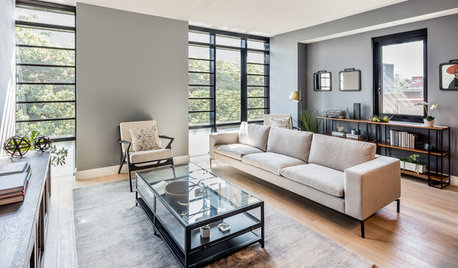
PAINTINGHow to Paint a Room: Prep to Painting
Find out the steps to take for the best results when doing it yourself
Full Story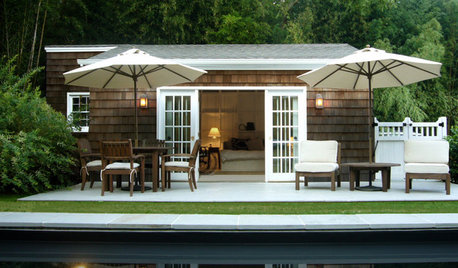
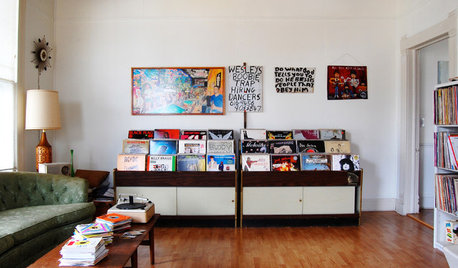
HOUZZ TOURSMy Houzz: Peeling Back Layers in a 1908 Home
Hidden fireplaces, buried hardwood and covered beadboard resurface thanks to a Mississippi couple's DIY efforts
Full Story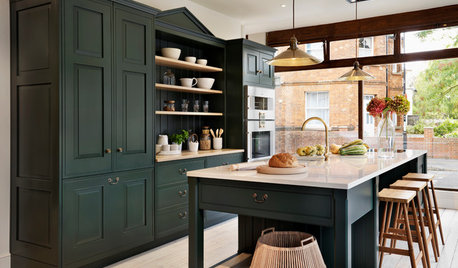
SELLING YOUR HOUSEKitchen Ideas: 8 Ways to Prep for Resale
Some key updates to your kitchen will help you sell your house. Here’s what you need to know
Full Story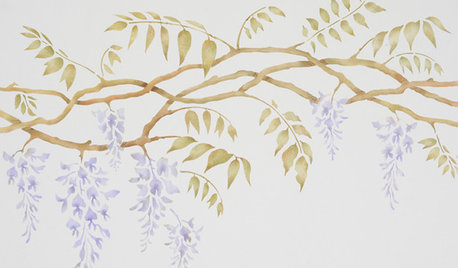
DIY PROJECTSDIY: How to Paint a Wall Stencil
Getting the Stencil Right: Planning, Prep and a Light Hand with the Brush
Full Story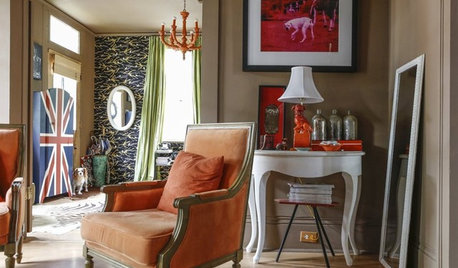
PRODUCT PICKSGuest Picks: Keep Your Eyes Peeled for Orange
Give your rooms an energy shot with vibrant orange curtains, chairs, accessories and more
Full Story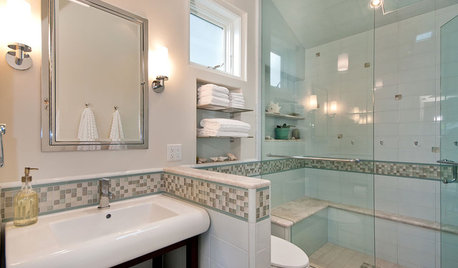
BATHROOM DESIGN6 Elements of a Perfect Bathroom Paint Job
High-quality paint alone won't cut it. For the best-looking painted bathroom walls, you'll need to get these other details right
Full Story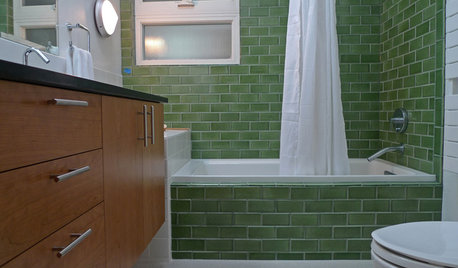
BATHROOM DESIGNBathroom Surfaces: Ceramic Tile Pros and Cons
Learn the facts on this popular material for bathroom walls and floors, including costs and maintenance needs, before you commit
Full Story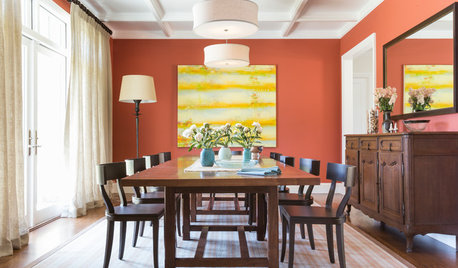
PAINTINGHow to Hire a Painter to Do Your Interiors
Here’s what to know about hiring a painting contractor and what to expect during the job
Full Story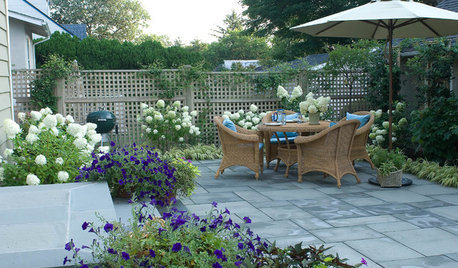
GARDENING AND LANDSCAPINGGet It Done: Clean and Prep the Patio
Haul out the hose and bid cobwebs farewell. It's time to renew your outdoor room for relaxing, dining and entertaining
Full Story





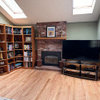
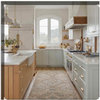
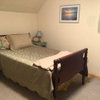
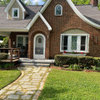
moonshadow
Faron79
Related Professionals
Durham Painters · Alsip Painters · Asheville Painters · Baldwin Painters · Hartselle Painters · Montgomery Painters · Venice Painters · Bullhead City Cabinets & Cabinetry · East Moline Cabinets & Cabinetry · Johns Creek Flooring Contractors · Louisville Flooring Contractors · Morgan Hill Flooring Contractors · Oregon City Flooring Contractors · Trenton Flooring Contractors · Whittier Flooring Contractors